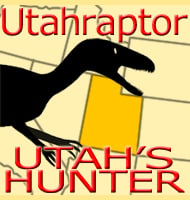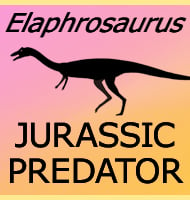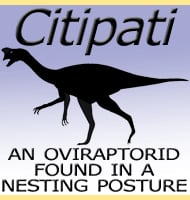Utahraptor
In Depth Superficially, Utahraptor appears to be an earlier, scaled up version of Deinonychus. Specimens of Utahraptor are fragmentary but suggest a potential size of up to seven meters long, with some more conservative estimates falling nearer six meters long. These estimates make Utahraptor a contender for one of the largest known dromaeosaurid dinosaurs, but … Read more


